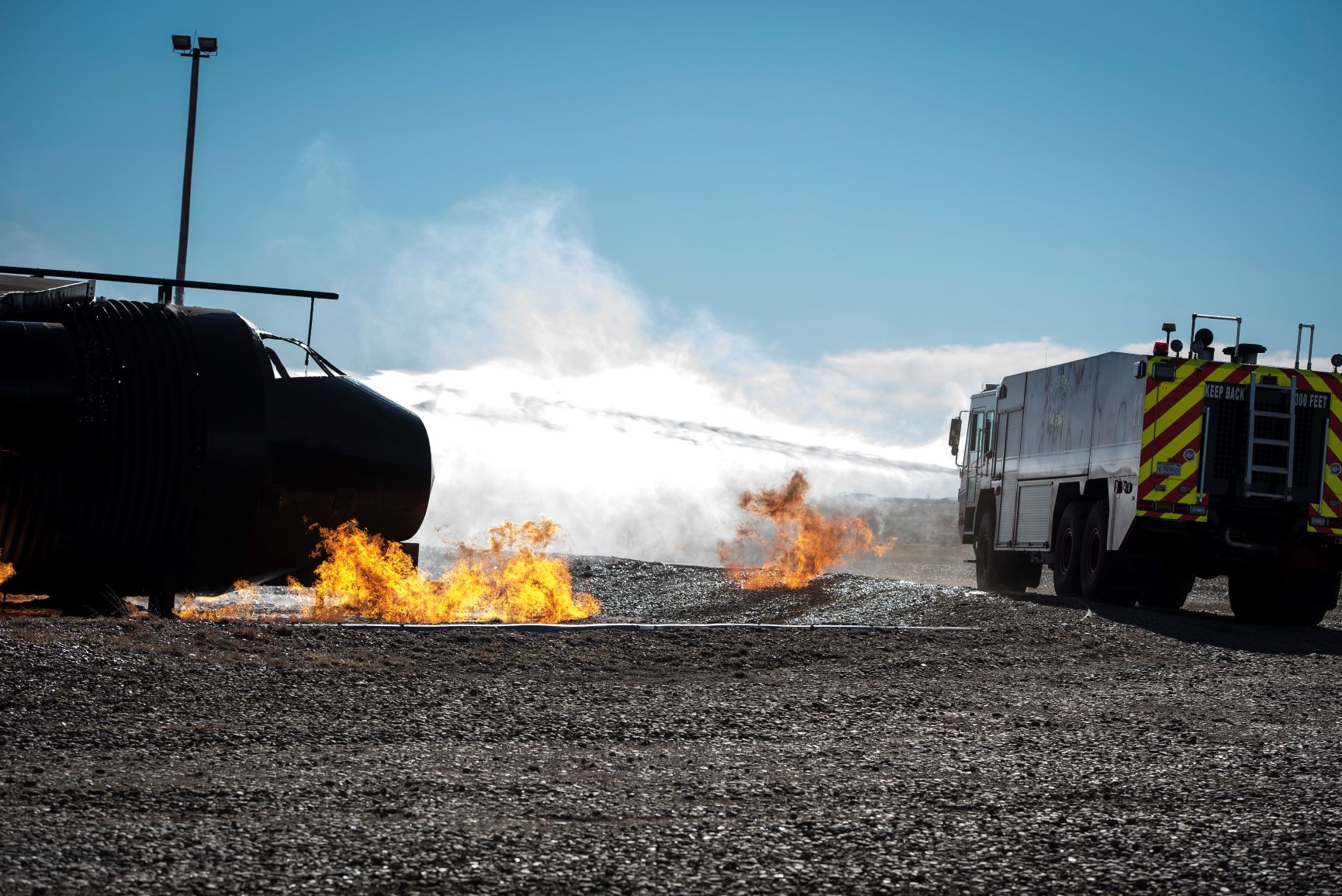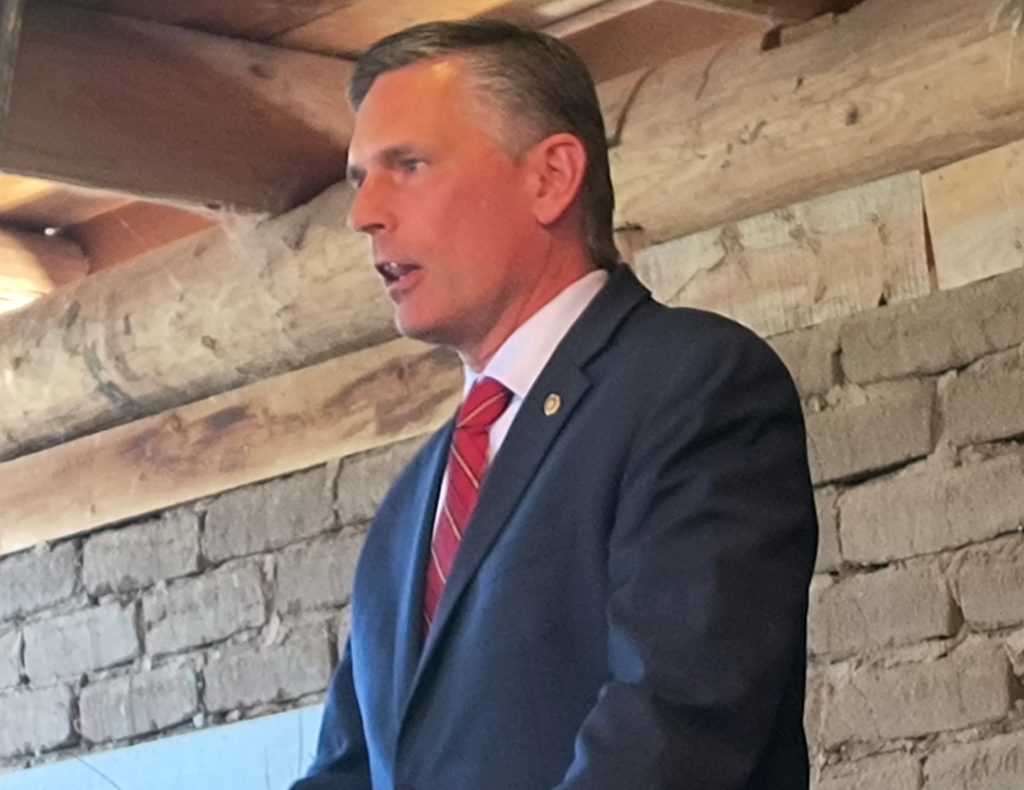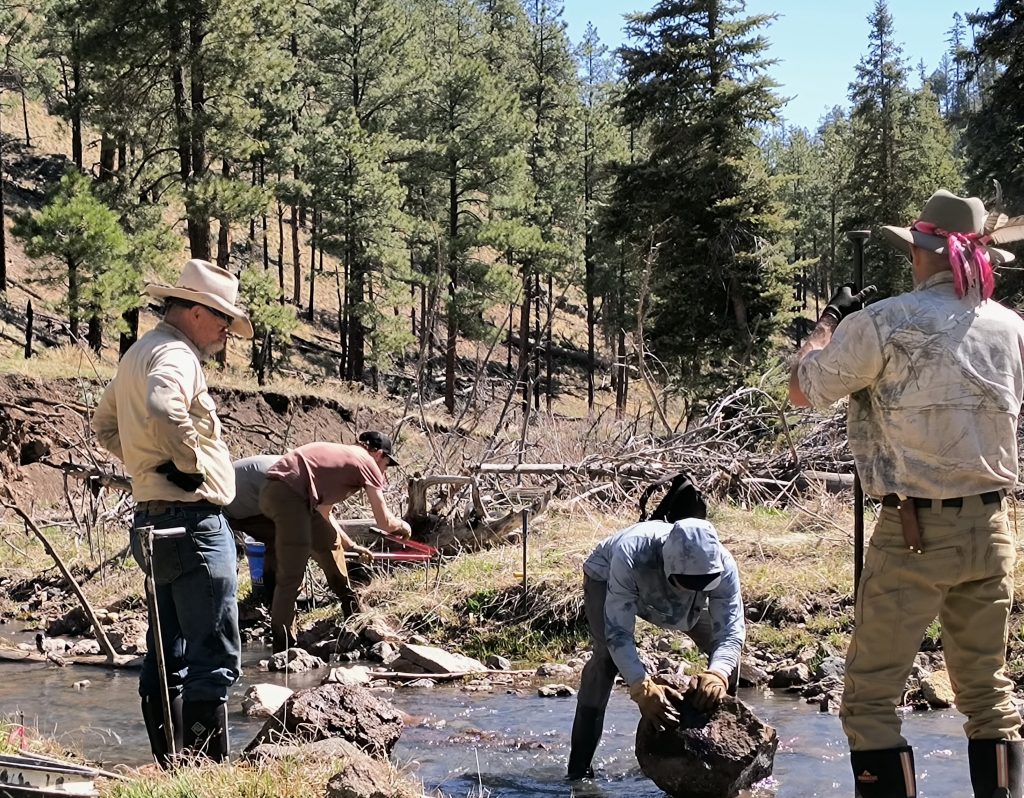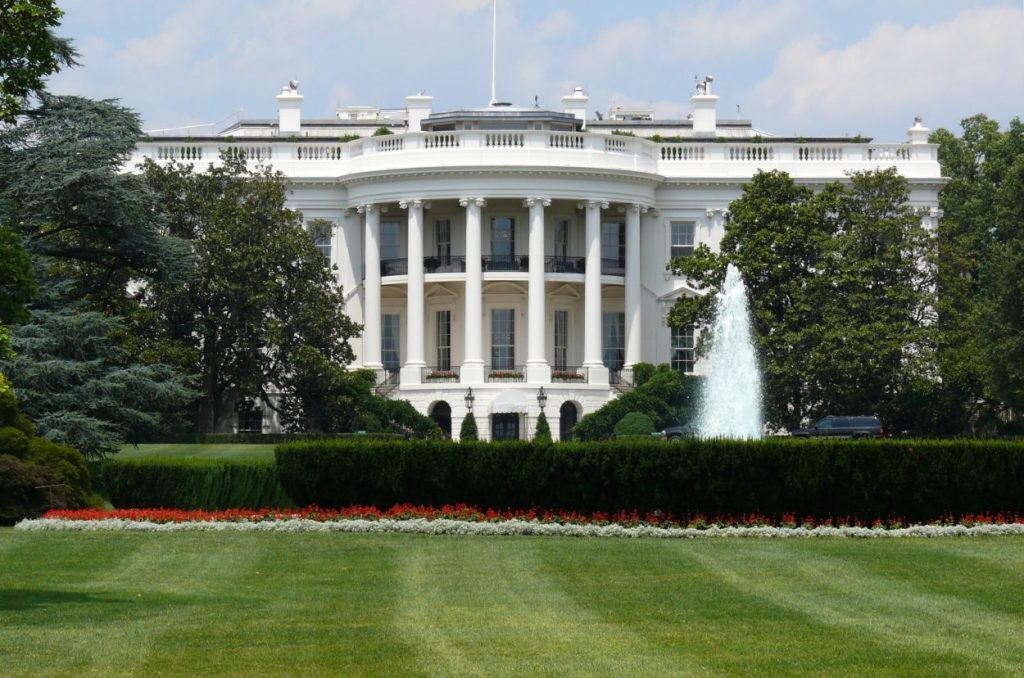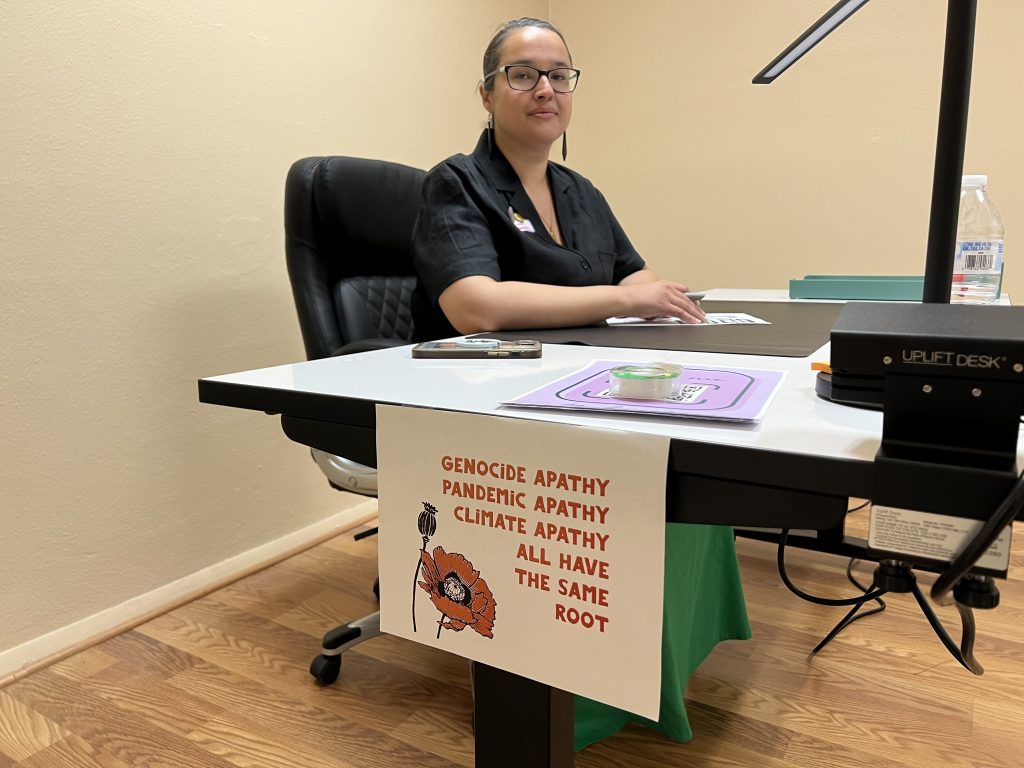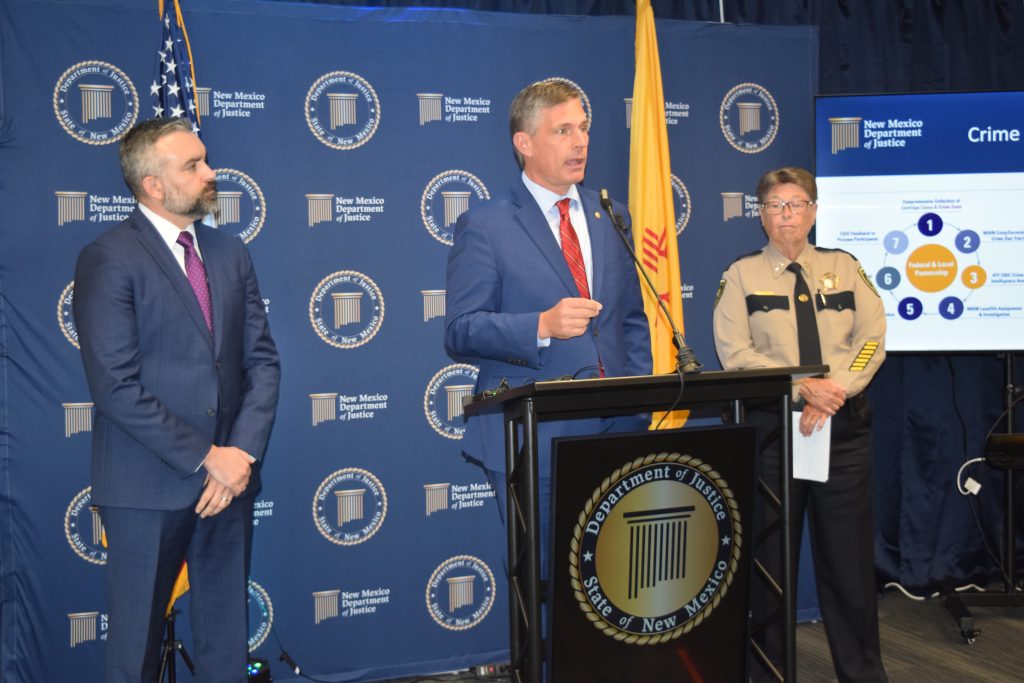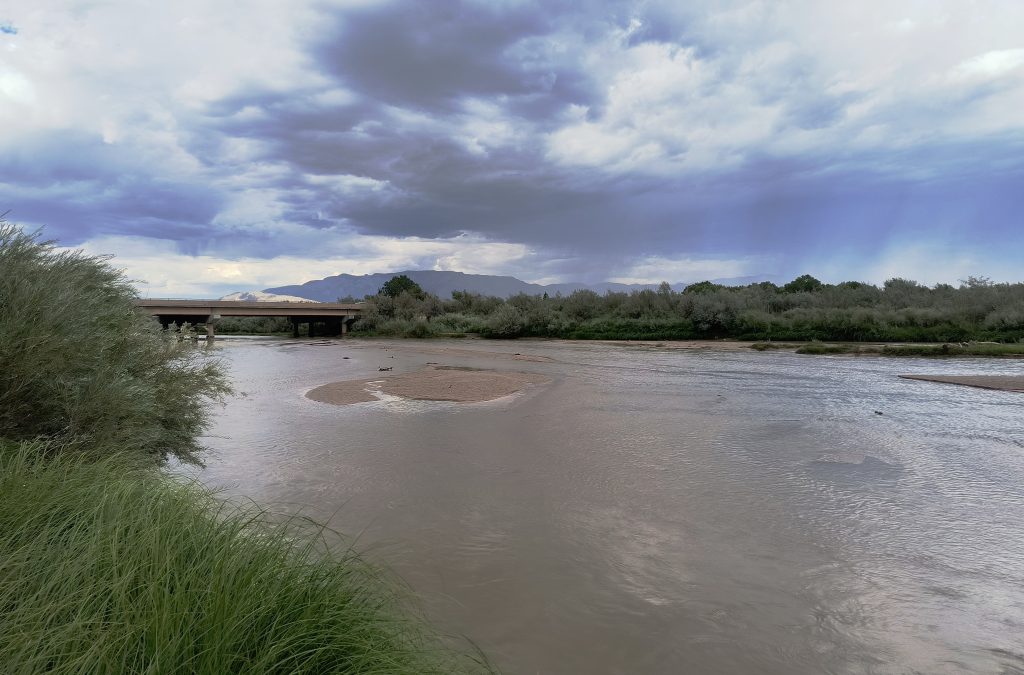In the first year of the Trump presidency, Michigan U.S. Rep. Debbie Dingell asked Catherine McCabe, who was serving as Administrator to the U.S. Environmental Protection Agency, for a drinking water standard for PFAS chemicals.
“Promises were made,” Dingell said during a panel talk Tuesday. “Four years later, promises were not kept, and it’s just unacceptable.”
PFAS, or per- and poly-fluoroalkyl substances, refer to a family of at least 600 synthetic compounds that are widely used in commercial products ranging from fire-resistant carpeting to fast-food wrappers. Research has linked exposure to the chemicals to a long list of health concerns, including increased risks for certain types of cancers, increased cholesterol, pregnancy complications and other health impacts. A recent study conducted by researchers at the Harvard School of Public Health linked exposure to PFAS chemicals in infants to a decreased immune response to vaccinations at five years old.
The class of chemicals were first synthesized in the 1940s by chemical manufacturing companies Dupont and 3M, decades before the EPA was established. Dupont used PFOA, one of the chemicals in the PFAS class, for decades in its production of Teflon, a patented non-stick coating used for cookware while 3M used PFOS, another PFAS chemical, in its Scotchgard product.
Documents show those companies were aware as early as the 1950s of the dangers to human health posed by exposure to these PFAS chemicals, but did not alert federal regulators of their findings until much later. The first litigation related to PFAS contamination — recently dramatized in the 2019 film Dark Waters — began in the late 1990s between a farmer in Parkersburg, West Virginia and Dupont.
“This is something that has been going on—unfortunately, the contamination— for some 60 or 70 years,” said Rob Bilott, the lawyer who went up against Dupont in the Parkersburg case. “And a lot of that was covered up, and the information was withheld from the public, from the scientists, from the regulators [and] from legislators, until relatively recently.”
“Frankly, as a lawyer, I’d be the first to tell you people shouldn’t have to go to court in order to get this kind of information out there to get their health protected,” he added.
PFAS chemicals are also found in firefighting foam used during training exercises in military bases across the country — including at Cannon and Holloman Air Force Bases, until 2016. The Air Force began investigating PFAS discharges across its installations in 2015, and in 2018 the chemicals were detected in groundwater at Cannon Air Force Base, located west of Clovis and at Holloman Air Force Base, located west of Alamogordo. The pollutants have also been detected in private wells that surround Cannon AFB, including the well used by at least one dairy farm.
RELATED: ‘Everyone is watching New Mexico’: Update shows no progress on PFAS clean up
The widespread groundwater contamination at military installations, which was revealed largely over the past two years, spurred multiple states and elected leaders to call on the EPA to formally propose a drinking water standard. But the EPA hasn’t made much progress in doing so.
Dingell and others, including the Environmental Working Group, a nonprofit that focuses on chemical contamination and other environmental issues, hope President-elect Joe Biden will take the threat of PFAS more seriously.
“In his campaign platform, President-elect Biden pledged to make PFAS a priority,” said Scott Faber, senior vice president of government affairs at EWG. “It’s the first time any candidate for the White House has done so.”
Under the Trump administration, the chemicals were designated as an “emerging contaminant” and the EPA has only established a non-enforceable “lifetime health advisory level” of 70 parts per trillion of PFAS chemicals for drinking water. Much of the groundwater contamination across the country, and including here in New Mexico, contain levels of PFAS chemicals that far exceed the EPA’s lifetime health advisory.
“I really want to make this clear. People do not understand,” Dingell said. “We do not have a drinking water standard for PFAS in this country. And it’s in everything. We know it’s in some direct chemicals—but it’s in socks, it’s in cookware, it’s in clothes. It’s used in things that people use everyday….People inadvertently are getting exposed to PFAS without knowing the dangers, without knowing about it, and quite frankly we all need to rise up and yell about it.”
Dingell introduced the PFAS Action Act in 2019, which would require the U.S. EPA to designate PFAS substances as hazardous substances under the Comprehensive Environmental Response, Compensation, and Liability Act of 1980 (CERCLA), which is also known as the Superfund Act.
“It was a comprehensive landmark package of bills that would regulate PFS chemicals, clean up contamination and protect public health,” Dingell said.
The bill passed the U.S. House of Representatives but “we’ve been trying to get the Senate to take it up since then,” she added.
Dingell said she and others plan to reintroduce the PFAS Action Act in January, which will include a provision to set a national drinking water standard that designates PFAS as a hazardous substance “to jumpstart the cleanup.” Dingell said she’ll also work to expand regulations on PFAS, including banning the chemicals in cookware, food containers and cosmetics.
Dingell is also working with the incoming administration to “knock out important PFAS mitigation policies immediately that can be done through the regulation process [and] that aren’t going to require an act of Congress.”
“Regulating PFOA and PFAS as a hazardous substance under the Superfund Act to accelerate the cleanup process is one regulation that the new administration would be able to implement almost immediately,” she said.
Elected officials across the country are now battling the U.S. Department of Defense to begin cleaning up the groundwater contamination. In New Mexico, the New Mexico Environment Department (NMED) fined the United States Air Force $1.7 million for multiple violations of state law regarding PFAS chemicals, and the state’s Attorney General Hector Balderas filed a complaint in federal district court, asking a judge to compel the Air Force to act on cleanup.
Cannon AFB ultimately agreed to pay a $250,000 “administrative fee” to NMED in a settlement announced in September. The settlement has no bearing on litigation between the state and the DOD over cleaning up the contamination.
The DOD’s reluctance to take responsibility for the contamination in New Mexico mirrors the experiences of other states across the country that have discovered groundwater contamination at military installations.
Bilott said it’s time for those responsible for the contamination to pay for the clean up.
“We want to make sure that when we move forward here, the parties that are really the responsible ones are the ones picking up the tab,” Bilott said. “Not the taxpayers, not the states, not the water providers.”
CORRECTION: An earlier version of this article incorrectly stated that PFAS chemicals were detected in private wells surround Holloman Air Force Base. PFAS chemicals were detected in groundwater at Holloman Air Force Base, but not in private wells surrounding the base. We regret the error.

